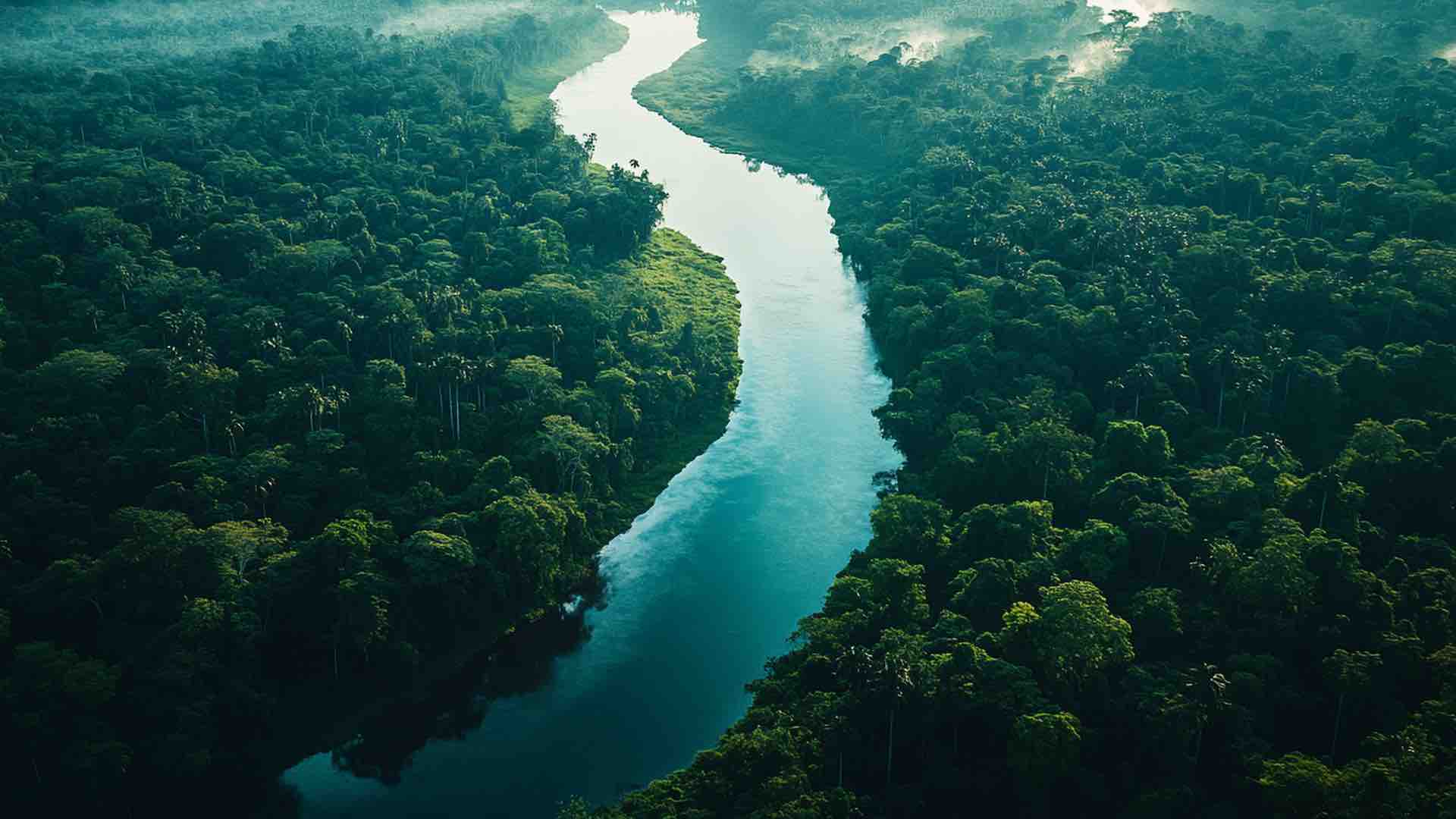MENA Newswire News Desk: A severe drought has caused the Negro River, one of the Amazon River’s largest tributaries, to reach its lowest recorded level, Brazil’s geological service announced on Friday. This development highlights the devastating impact of the ongoing drought on the Amazon rainforest and other parts of Brazil. According to the Geological Survey of Brazil, the Negro River’s water level at the Manaus port has dropped to 12.66 meters.

Typically, the river level is about 21 meters during this time of year. This marks the lowest level since official measurements began 122 years ago. The previous record low occurred in late October 2023. The ongoing drought is predicted to worsen as rainfall in upstream regions remains scarce. The Geological Survey’s hydrology manager in Manaus, Andre Martinelli, stated that water levels could drop further in the coming weeks, potentially reaching new lows before the end of October.
The Amazon rainforest, which relies on the Negro River and other tributaries, has been significantly impacted by the drought. With limited rainfall, the region is experiencing disruptions in biodiversity and local economies that depend on the river for transportation, fishing, and agriculture. Authorities are closely monitoring the situation as the low water levels have already disrupted river transport and the livelihoods of communities along the riverbanks. Some villages are reporting difficulties in accessing basic supplies, further emphasizing the strain on local populations.
Brazilian officials are urging immediate action to address the severe drought conditions affecting the Amazon region. They are calling for international support to mitigate the environmental and economic damage caused by the extreme weather patterns, which experts attribute to climate change. The drought continues to pose a significant challenge for Brazil’s environmental and economic sectors, with experts warning that these types of extreme weather events could become more frequent and severe in the coming years.
